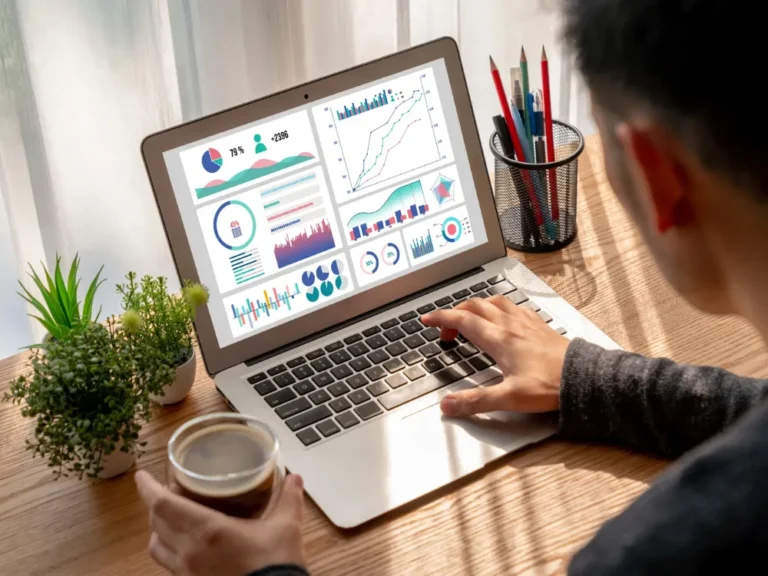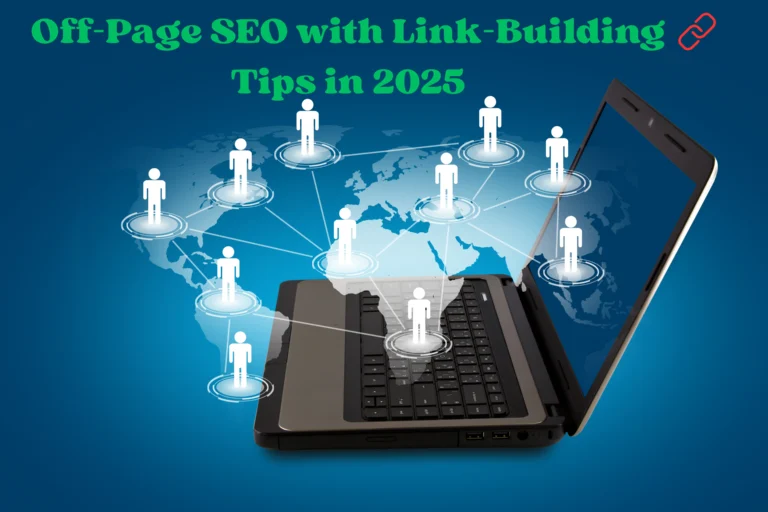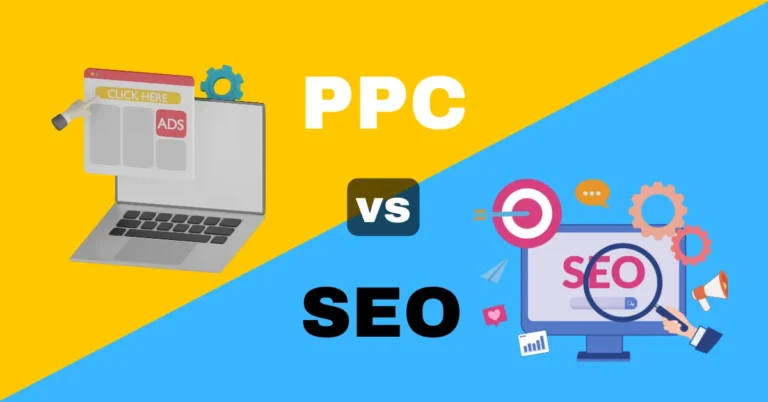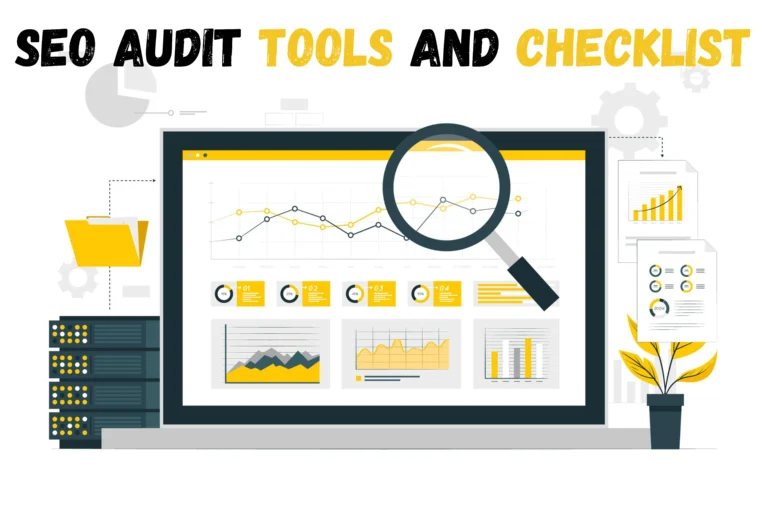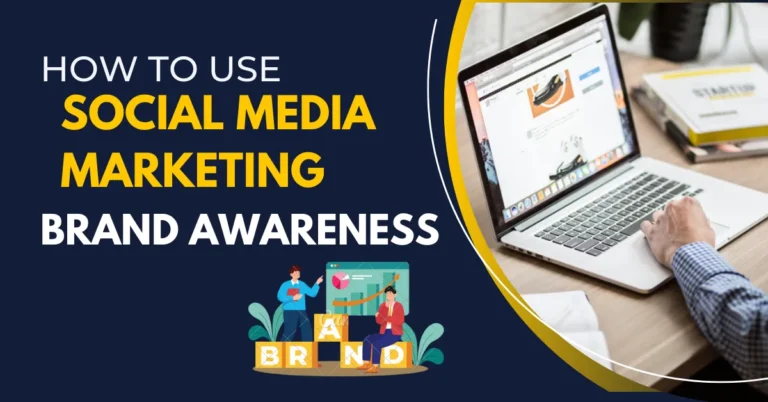- Local SEO: Found when it matters
- Content marketing: Educate, just don't sell
- Email Marketing: Build relationships that last.
- Social media marketing: be relevant and attractive
- Video Marketing: Catch the Eye
- Paid Advertising: Targeted hike on a budget
- Influencer Marketing: Leverage Micro-Voices
- Voice Search Optimization: Prepare for the Future
- Online Reviews: Build Trust, Build Sales
- Conclusion:
There has been a lot of change in the world of marketing in the last decade. The work done in 2015 did not transfer the needle in 2025. With the rise of smartphones, AI tools, short-form videos, and voice search, how the business connects with digital marketing customers has become a backbone. And for small businesses, this change is not only useful – it is necessary.
Unlike large corporations, owners of small businesses often wear several hats. They manage sales, inventory, and customer service—and now, they also expect to be a digital expert. This is a lot. But there is good news here: Digital marketing is not about doing everything in 2025. It is about doing the right thing—strategically and frequently.
Whether you run a bakery, a local gym, an online clothes brand, or a plumbing service, your potential customers are already searching online. The real challenge is getting, standing outside, and clicking among loyal customers. This requires more than just a Facebook page or some Instagram posts. This requires a plan.
From local SEOs and material construction to email marketing and automation tools, the opportunities are endless—if you know where to start. But with limited time and budget, many small business owners feel uncertain about working.
So, should you focus on your energy in 2025?
Let’s break it.
In this guide, we will detect the top 10 digital marketing strategies that are not only effective but also the first to be tailored for small businesses ready to grow, scale, and flourish in today’s digital world.
Local SEO: Found when it matters
Imagine a customer in your area who is searching for “the best bakery” or “emergency plumber”—will your business show up? If not, you are missing real, high-anxious local customers. Where the local SEO arrives—and in 2025, it is more important than ever.
Local SEO helps your business display in local searches, Google Maps, and voice queries. For small businesses, it is a game-changer. Customers are not just finding your service; they are searching nearby and ready to buy.
So, how to grow local SEO for small businesses?
Start with your Google business profile. Remember that your business name, address, and number are the same and related on every platform, such as social media.
Then, create local quotes by listing your business on reliable directories such as Yelp, Yellow Pages, and Bing Places. Return it with local backlinks—a call with nearby bloggers, news sites, or community event pages.
But here’s the secret to success: customer reviews. After purchasing, send a quick review and follow up with polite emails or texts. A simple “We love your response!” It can go a long way. The more positive reviews you have, the greater your access to local search results.
Accessories:
- Moses Local: Manage Citation and Listing
- Brightlocal: track ranking, review, and audit your local SEO
If you want more calls, foot traffic, or bookings, mastering local SEO is your first and most powerful step.
Content marketing: Educate, just don’t sell
In 2025, customers do not want a constant sales pitch—they want value. This is where content marketing comes in. Today, it is one of the most cost-effective and trust-building pieces of equipment available to the owners of small businesses.
So, what does content marketing mean? Briefly, it is about sharing specific information that educates your visitors while introducing them to your products or services. Wherever it is, through blog posts, you are giving before asking.
Content Marketing Tips for Little Business Owners:
Start with blogging. Write about things your customers care about. If you’re a local animal groomer, share your tips (such as “How to Care for Your Dog’s Coat at Home”). If you sell skincare products, a guide (such as “Morning Skincare Routine for Oily Skin) can attract thousands.
A local business that runs a home design shop is blogging once a week in 2024. By answering basic questions and sharing the ideas of DIY decoration, its traffic doubled within six months, and its email list increased from 300 to 2,500 clients.
Tools to use:
- Answerthepublic: Discover what people are asking online
- Semrush: Search for low-perception, high-intent keywords
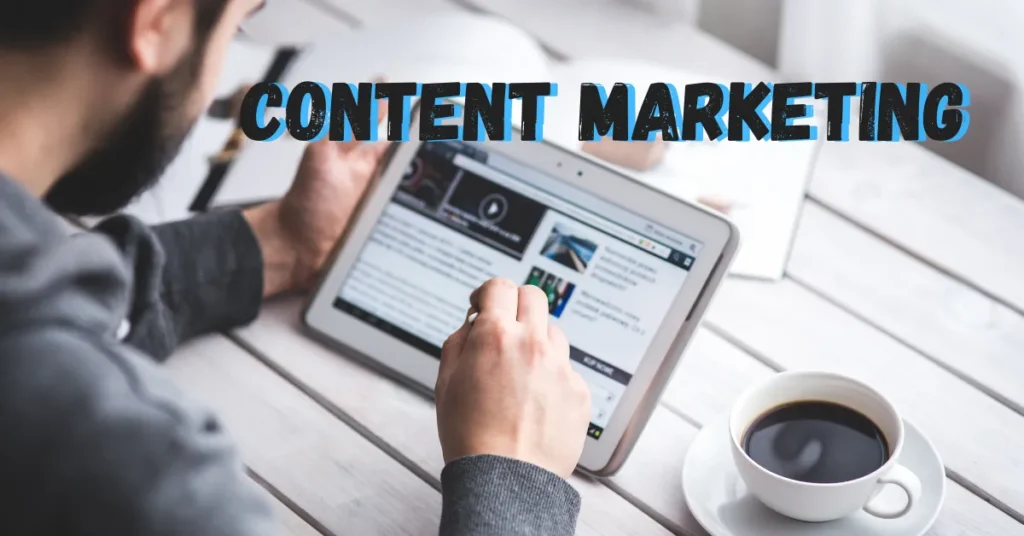
How to plan a content calendar for 1 month:
- List 4 general customer questions
- Turn each one into a weekly blog post.
- Reuse in an Instagram post or email top.
- Promote each blog through social media and email.
Tip: Focus on helping first. When you educate your audience, sales naturally follow.
In 2025, the content is more than marketing; it’s on this scale of building construction.
Email Marketing: Build relationships that last.
While social media trends come and go, email marketing provides unmatched results. In fact, in 2025, email is one of the highest ROI channels, which is an average of $36 for each $1 expenditure.
Why? Because email is individual. This directly goes to your customer’s inbox and allows you to have long-term relationships through consistent, relevant communication.
Types of working campaigns:
- Welcome Email: Greet new customers with a hot introduction and a special offer
- Weekly or Monthly Newspaper: Tips, Updates, or Shared Customer Stories
- Product promos and exclusive deals: Reward your loyal readers.
Tools to make it easier:
- Mailchimp: great for beginners
- ConvertKit: Ideal for creators
- ActiveCampaign: Powerful automation facilities
These email automation tools for small businesses can help you to schedule, individualize, and track every campaign without doing everything manually.
- Make your email list from scratch.
- Add a joining form to your website.
- Offer a free asset (such as a checklist or e-book)
- Display your newspaper on social media.
- Use a welcome message for new people.
With the right message and timing, email can turn one-time buyers into long-time customers.
Social media marketing: be relevant and attractive
In 2025, if your small business is not active on social media, you are missing one of the most powerful (and free) marketing devices available. But it is not only about posting randomly—it is about being consistent, relevant, and attractive.
Choosing the right stage
Do not try to be everywhere. Focus on 1-2 platforms where your target audience is hanging out:
- Instagram: make for Reels and Stories
- TikTok: Ideal for composing videos
- Facebook: perfect for local access and community building
Choose the behavior of your product and audience.
What should you post?
- Reels showing product use, tutorials, or packaging
- Scene behind your field or daily routine
- User-Generated Material (UGC)—Repost Photo/Video from your happy customers
- Trending challenges, holidays, or memes (when on-brand)
How to manufacture a material scheme (free equipment):
- Use Canva to design posts and stories
- Plan 1 month in advance using Trello or a note.
- Post with or later with buffer
Example of real life:
A small handmade jewelry brand in Texas began posting its creative process and videos of packaging orders. A video hit 500k+ views, causing one week of back-to-back orders and 2,000 new followers—all from a 15-second reel.
Ethics of Story: Consistency + Creativity = Visibility.
In today’s fast-paced digital world, social media is not optional—it is all rolled into one storefront, billboard, and customer service channel.
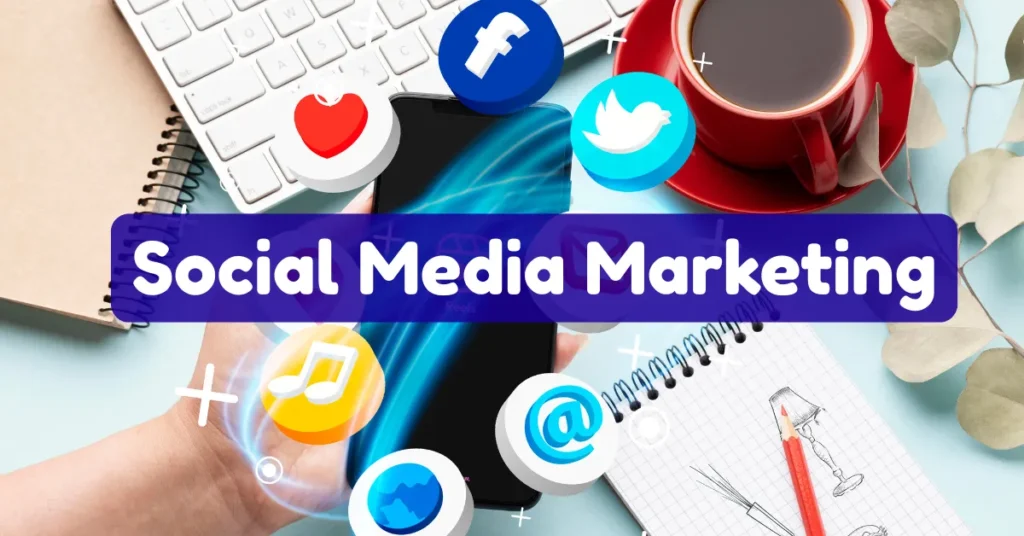
Video Marketing: Catch the Eye
If a picture is worth 1000 words, a video may simply be well worth a thousand clicks. In 2025, short-form video content has taken over virtual advertising, and it’s not only a trend; it’s a need.
Thanks to platforms (like Instagram Reels, YouTube Shorts, and TikTok), human beings devour more video than ever before. It’s short, visible, and clean to digest, which is precisely how contemporary purchasers adore it.
What Kind of Videos Work Best?
- Product demos: Show how your product works in action
- Success Stories: Let happy users share their actual memories
- Behind-the-scenes: Give visitors a peek into your system
- Before-and-after: best for splendor, health, or home improvement brands
Even a fifteen-second video could have a large effect if it’s real and tasty.
Tools to Make Videos Easily:
- Canva: For text-based or lively content material
- CapCut: Great for TikTok and Reels editing
- InShot: Perfect for adding tune, filters, and consequences
Where to Post Your Videos:
- Instagram Reels: extremely good for discoverability
- YouTube Shorts: leverages your YouTube SEO
- TikTok: the king of virality in 2025
Tip: Always upload a hook in the first 3 seconds. People scroll speedily; seize their attention early.
With just a smartphone and some creativity, you can turn easy clips into powerful advertising properties that create actual effects.
Paid Advertising: Targeted hike on a budget
Sometimes, organic access is not just enough, especially when you want rapid results. This paid advertisement comes where it comes. Whether you are launching a new product or promoting a seasonal proposal, a well-targeted advertising campaign can bring in traffic, leads, and sales—almost immediately.
In 2025, two major platforms will dominate the small business advertising game:
- Google Advertisement: Great to actively search for high-intent customers (e.g., “I have the best hair salons”)
- Facebook and Instagram advertisements: ideal for targeting the interests, behaviors, and looks of the audience
How to set your first campaign:
- Choose your targets: Traffic, leads,
- Define your viewers by location, age, and passions.
- Write a small, clear title with a CTA.
- Use the attractive images or videos.
- Link to a specific landing page—not only your homepage
Budget tips for small businesses:
- Start small—$5 to $10 per day is enough to test
- Monitor daily results to avoid wasting money.
- Allocate more budget to high-performing advertisements after testing.
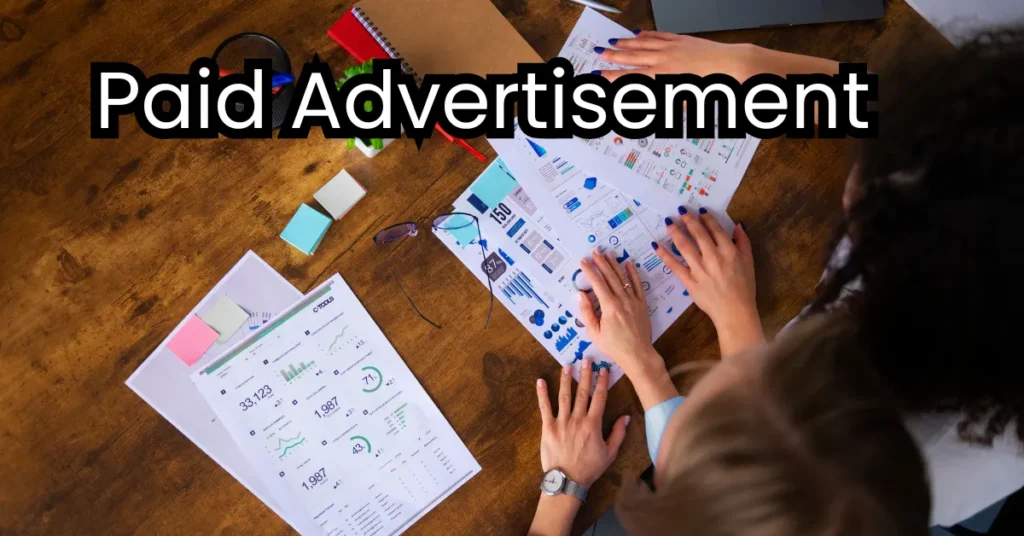
A/B test basics:
Test an element at a time, such as an image, title, or CTA. This helps you find out what works best without guessing. Over time, you will learn which advertising combinations run the most conversions for the lowest cost.
Tip: Awakeys keep visitors and abandoned vehicles on the website—they already show interest, and advertisements help bring them back.
When corrected, the paid advertisements are not just one expenditure—they are an investment that fuels rapid, trackable development.
Influencer Marketing: Leverage Micro-Voices
In 2025, trust matters more than follower count. This is why micro-influencer ways have become a powerful tool for trading with 1,000 to 50,000 followers. They may not be celebrities, but their effect is real and personal.
Micro-influences usually contain tightly bound communities, often built around a niche. Their recommendations feel like a friend’s suggestion compared to an advertisement. And because of that, their followers listen, trust, and act.
How to Find and Cooperate with Local Influencers
- Find Instagram, TikTok, or YouTube using local hashtags (e.g., #smartcut, #smileemojis)
- Look for contributions, not only followers.
- Reach out with free products or a small payment, offering an individual DM or email.
- Prepare the outline of expectations: post types, captions, tagging, and time frame.
Helpful Tools:
- Heepsy: Search influencers by location and niche
- Collabstr: Browse and manage payments to those who are ready
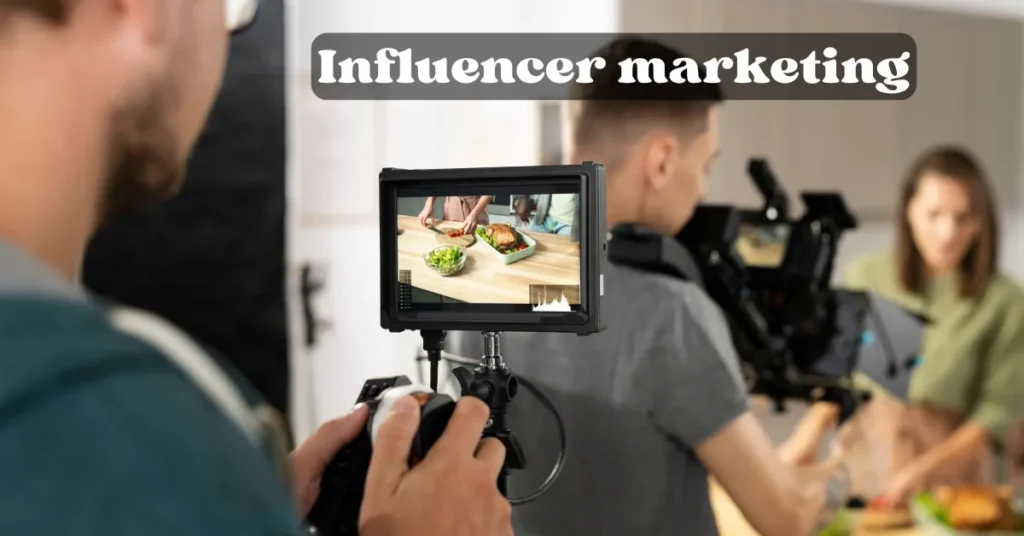
Campaign Tracking Tips:
- Use a custom discount code for each influencer
- Create unique affiliate links to monitor clicks and conversions
- Track ROI with tools like Google Analytics and Shopify’s dashboard
Pro Tip: A local influencer can sell more than a national advertisement when your audience is highly targeted.
Micro-influencers provide authentic access at a budget-friendly price—a smart step for small businesses to grow systematically in 2025.
Voice Search Optimization: Prepare for the Future
“Hey Google, where is the nearest auto repair shop?” This voice in action is searching—and it is growing rapidly. By 2025, more than half of all mobile discoveries will be sound-based. And for local and small businesses, this is a very big opportunity.
Unlike typed searches, voice queries are longer and more verbal.
How to Optimize for Voice Search:
- Use long-tail keywords (e.g., Top 10 delicious pizza shops in the USA)
- Write your content in a conversational tone
- Create FAQ sections that directly address specific questions
- Use schema markup to assist Google in understanding your content
Add Local Phrases and Context:
Mention your town, neighborhood, or service area throughout your website and blog posts. This helps voice assistants serve your business to nearby customers looking for instant answers.
Tools That Help:
- Google Search Console: See what voice queries you’re ranking for
- Ahrefs: Discover conversational keywords and track SEO performance
Voice search users are generally ready to act, which means that optimizing for voice can immediately result in more calls, visits, and income.
In the age of smart assistants and mobile-first behavior, voice search optimization is no longer optional—it’s a must.
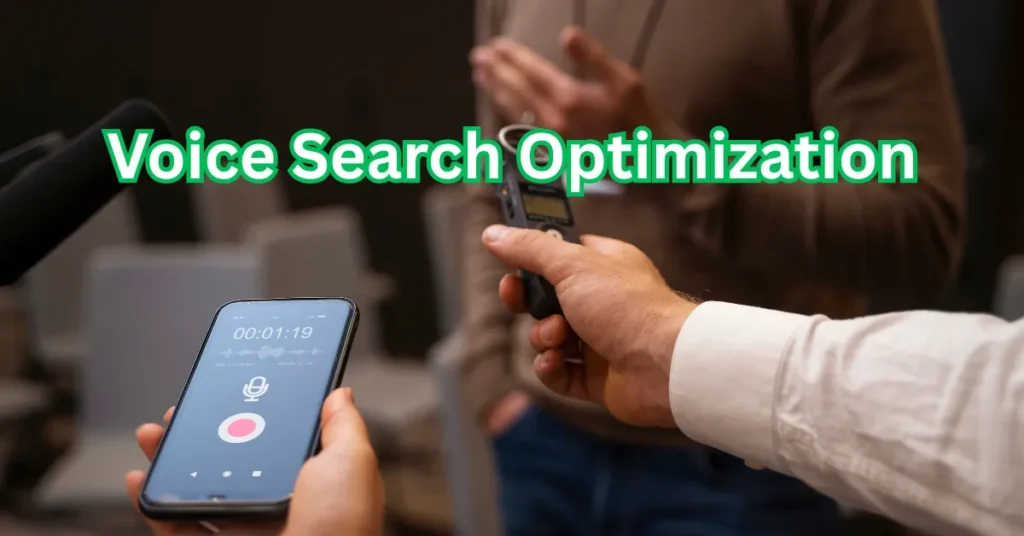
Online Reviews: Build Trust, Build Sales
Before buying from a brand-new business, most people do the same thing—they test the critiques. In 2025, online critiques are one of the most effective tools for small businesses to construct trust and pressure conversions.
A testimonial can do what no ad can: make a stranger feel secure buying from you.
Why Reviews Matter:
- Ninety-three percent of purchasers say opinions affect their shopping for selections
- More positive reviews = better Google scores and extra visibility
- Social evidence increases conversions, in particular for first-time shoppers
Strategies to Get More Reviews (Organically):
- Ask each happy client—via e-mail, textual content, or in person
- Add an audit request at the bottom of your receipts or thank-you emails
- Offer small incentives
- Respond to every overview professionally
Best Platforms to Use:
- Google Reviews: A must for nearby SEO
- Trustpilot: Great for e-commerce and primarily a provider-based organization
- Yelp: Still critical in certain industries (eating places, salons, etc.)
How to Display Reviews Effectively:
- Use a rotating client review slider on your homepage
- Add video or picture-based testimonials for extra authenticity.
- Highlight critiques near CTAs
Customers consider customers. Don’t conceal your wins—showcase them proudly.
Marketing Automation: Work Smarter, Not Harder
Running a small business is hard. Marketing shouldn’t make it harder. In 2025, automation tools will be your weapon for saving time and increasing your sales.
Think of marketing automation as your 24/7 support system that never sleeps.
What Can You Automate?
- Emails: welcome sequences, abandoned cart reminders, newsletters
- Social media posts: schedule per week or month earlier
- Customer reminders: birthday reductions, follow-up, appointment indicators
Best Tools for Small Business Automation:
- Zapier: Link apps like Gmail and Google Sheets
- Hootsuite: Set up all of your social media in a single place
- ActiveCampaign: Automate patron journeys and email flows
Sample Automation Flow: Lead Nurturing
- The person signs for your lead magnet (e.g., a loose guide)
- Send a welcome email immediately.
- After 2 days, send a useful blog article.
- After five days, provide a confined-time bargain.
- Add to publication list for long-term engagement.
Automation doesn’t update human connection—it complements it by making sure there is timely, relevant communication.
When you automate the repetitive stuff, you get more time to focus on what matters most: your clients and your commercial enterprise increase.
Conclusion:
Digital marketing in 2025 isn’t just a buzzword—it’s a survival kit for small agencies. Whether you are jogging to a nearby bakery, freelancing online, or selling hand-crafted crafts, the digital world gives effective, cost-effective approaches to growth.
From local SEO to content material advertising, email automation, and influencer collaborations, each approach we mentioned isn’t always just theory—it’s realistic, demonstrated, and actionable. These are the identical techniques massive manufacturers use, but adapted for small budgets and large effects.
Here’s the truth: you don’t want to grasp all 10 techniques immediately. Pick 2 or 3 that align with your commercial enterprise goals, and get consistent. Maybe that means launching a Google Ads marketing promotion, starting a weekly blog, or ultimately setting up your Google Business Profile.
Don’t neglect to maintain trying out, tweaking, and listening to your public. Digital marketing changes fast; however, one aspect remains the same—humans trust. Focus on constructing relationships, fixing problems, and showing up authentically online.
Ready to Get Started?
If you’re ready to take your small enterprise to the next level, now is the time. These strategies aren’t just about site visitors or likes—they’re about building a sustainable commercial enterprise that attracts the right clients and earns their loyalty.
Small groups that take digital seriously in 2025 will outperform individuals who don’t—simple and simple.
So, whether you’re cutting-edge or already online, decide to market with strategic digital advertising, and you’ll be well on your way to fulfillment.


